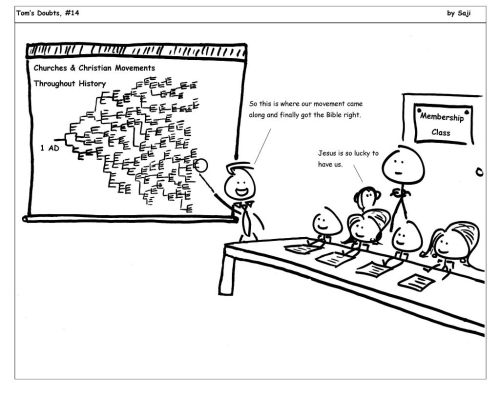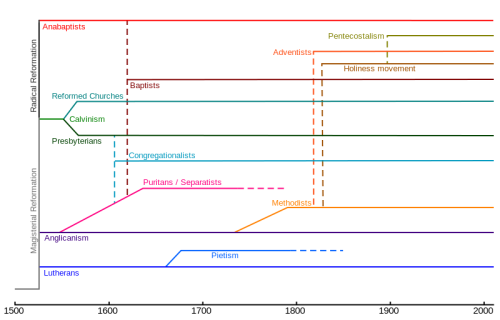Catholicity and Orthodoxy
The recent launch of Faithful Answers as an apologetics resource made me think about the split between the Orthodox and Catholics back in 1050. The Orthodox, as their name implies, put adherence to what they saw as truth first. Catholics, as their name implies, put adherence to the universality of the faith. Even today, we can have heresy arise from becoming too orthodox and even by becoming too catholic.
If ones faith becomes too catholic, one becomes in danger of moving beyond Jesus. God himself becomes an afterthought because all the focus is upon spreading outward. There is a danger of turning faith into atheism if one seeks universality by gutting out truth. Unitarian Universalists and some American Religious Sisters are a good example of this. Both groups lower the bar of truth so that more may be included.
The reverse of excessive catholicity is excessive orthodoxy, as represented by Faithful Answers. They teach that the only acceptable Catholic viewpoint on creation is exclusive of evolution. Which is in conflict with the Catechism of the Catholic Church which leaves the answer more open ended. The problem is when one forgets there are degrees of theological certainty. Everything the Church teaches isn’t de fide definita, it’s not all dogma. Take predestination for example. One may believe that God predestines people from before time began to salvation, and then gave them the gifts to ensure they reach that destiny (like St. Thomas). Or one may believe God knows how we’ll act in certain situations, and so using that knowledge God determines who will be saved (St. Francis de Sales position). For something as big as predestination (one of Calvin’s 5 points!) it is remarkable that these and other positions are acceptable. Further, if one is not convinced, one can even reject all the apparitions of Mary and still be a devout Catholic! This is how the Church allows us the flexibility and freedom to workout our faith. There is quite a limited pool of required beliefs, then a larger pool of strongly suggested beliefs, a bigger pool still of weakly suggested beliefs, and so forth. These degrees allow Catholics to have a wide variety of disagreement while still remaining in unity.
Therefore, there exists a tension between orthodoxy and catholicity. It is one of the many tensions in the Catholic faith, which proclaims both orthodoxy and catholicity. Undoubtedly I myself will at some time fall into excessive orthodoxy, as I’m exploring heresies in this blog.

